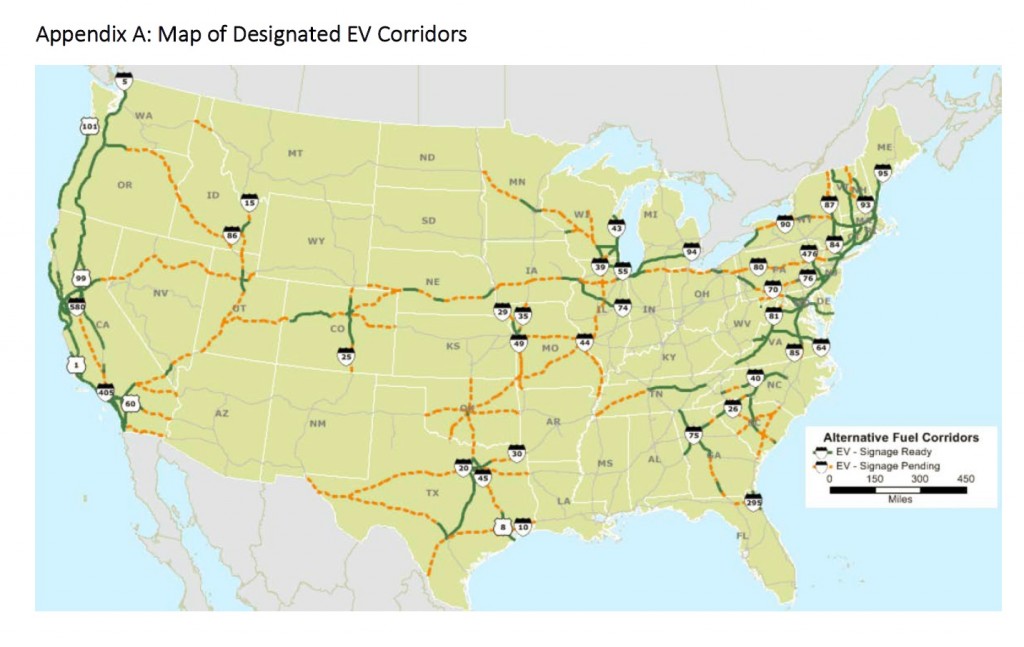This Thursday, the California Air Resources Board will meet to consider what action it will take on an important plan that could bring many more electric-car charging sites to the state.
That document is the first 30-month investment plan submitted by Volkswagen for its "Electrify America" program.
Each of four stages in the 10-year plan is evaluated separately by the EPA (for the 49 states) and by California, which sets its own, unique vehicle-emission rules.
DON'T MISS: VW Electrify America plan for electric-car charging across U.S. released (Apr 2017)
The Electrify America plan, which is to total $2 billion of investment over 10 years, is one of the terms agreed to by the company to settle the U.S. part of the massive Volkswagen diesel emission scandal.
CARB staff have analyzed the first Zero-Emission Vehicle Investment Plan and weighed in on how well it complies with the terms of the original consent decree, as well as guidance issued by the Board in February and a supplemental information request to VW in May that identified deficiencies in its submission. That information was received in late June.
The full 24-page analysis can be downloaded from the CARB website.

Detail from first of four phases of VW 'Electrify America' zero-emission vehicle infrastructure plan
The analysis issued last week recommends that the Board approve the final plan, including the various updates and modifications VW has made throughout this year.
"CARB staff have reviewed the Final Plan, and have determined that it meets the requirements of the Consent Decree, inclusive of the February 10, 2017, Guidance Document and May 24, 2017, Request for Supplement letter, and June 27, 2017, legislation," the summary says.
Such approval would allow Volkswagen "to begin its California investments in ZEV refueling infrastructure, public awareness, and expanded access."
READ THIS: VW opens 'Electrify America' site for comment on $2 billion charging plan (Dec 2016)
The changes made over the last several months have addressed concerns raised in public comments and by CARB over insufficient resources dedicated to putting charging sites into disadvantaged communities.
VW will now add the city of Fresno to its Community Charging plan, and reallocate parts of its first-phase funding to ensure that roughly one-third of the 1,500 census tracts in which local charging is prioritized are disadvantaged.
The total funding for California's share of the total Electrify America work was set at $800 million; another $1.2 billion will go to the rest of the country.

Federal Highway Administration map of designated electric-car charging corridors across U.S., 2016
Both sections of the first phase of work will include not only an increase in local charging sites, but additional fast-charging locations along major highway corridors.
Volkswagen will install "non-proprietary" hardware in those locations, meaning both the CHAdeMO format used by Nissan and Mitsubishi and the CCS standard adopted by all German makers and all U.S. car companies except Tesla.
CHECK OUT: Faster electric-car fast charging: test site in Fremont, VW plans 300 kw-plus
VW Group units Audi and Porsche are developing 150-kilowatt and 350-kilowatt fast-charging systems, expected to launch with the Audi e-tron electric SUV and the Porsche Mission E electric luxury sedan in 2018 and 2019 respectively.
Each of the sites built by Electrify America will have provisions for such faster fast-charging when it becomes an internationally accepted standard; today, CHAdeMO and CCS are limited to 50 kw in all public locations in the U.S.
_______________________________________













